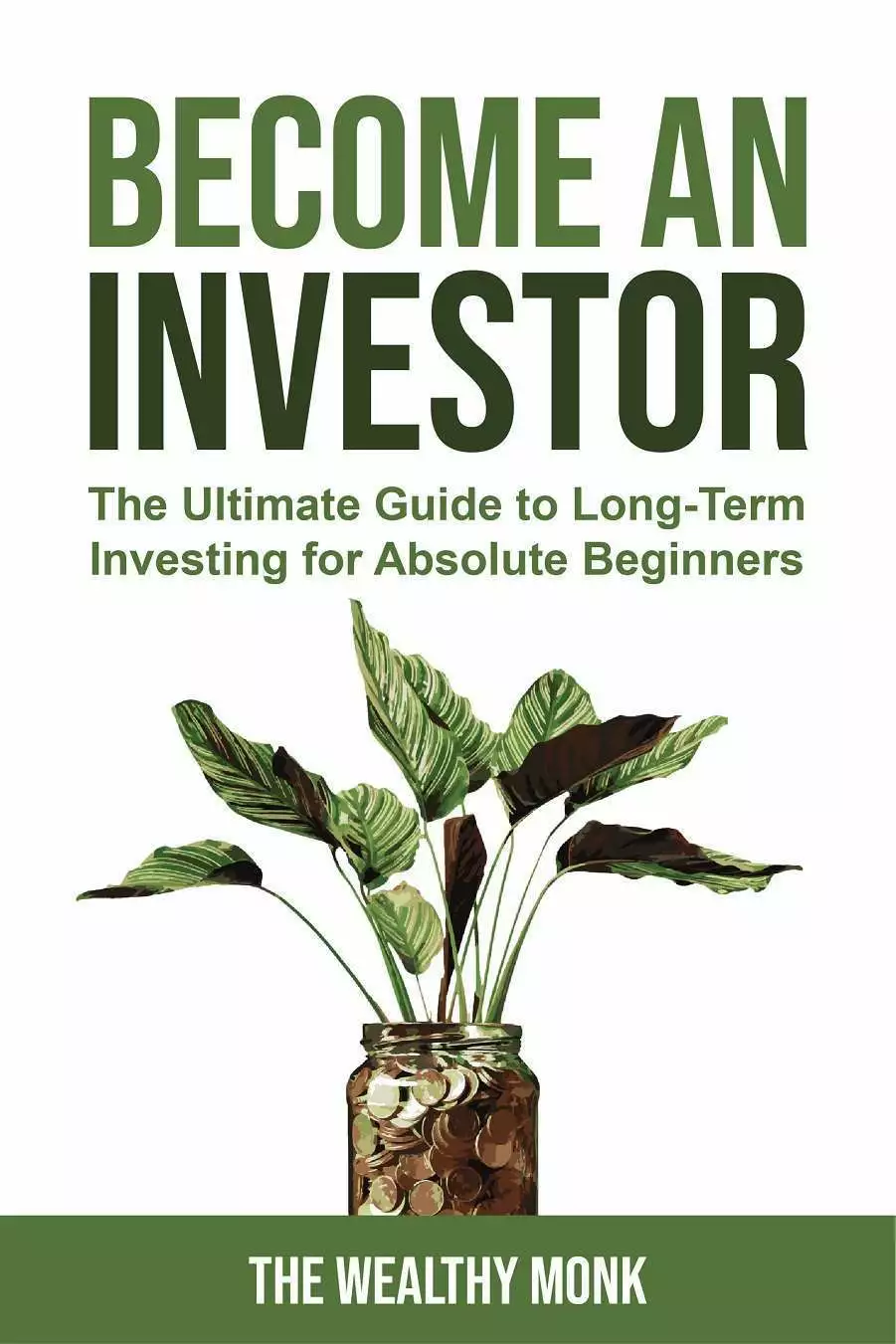
First Pillar Pension vs Long-Term Investing (AOW vs DCA)
This post will compare the benefits of first pillar pension to long-term investing in the stock market.
The three pillar pension system works similarly in most countries:
- First pillar pension – state pension / social security
- Second pillar pension – pension that you accumulate and fund with your employers
- Third pillar pension – private pension accounts you can fund yourself
I’ll use my country of residence for comparison but regardless of where you live, what you’ll read will be applicable to you as well.
Basically, this is how the first pillar pension works in most places.
First Pillar Pension – How Does it Work?
You accumulate pension for every year you reside in the country as a capable (employable) person. This is called “participating in the work force” and counts as such regardless of whether you’re actually working or not.
Basically, for every year that you’re residing in the country, you accumulate a percentage of the maximum amount one can receive.
For example, let’s say the maximal pension amount anyone can get is 2000$ per month and you start accumulating from 16 years of age. Every year you accumulate 2% of this amount and 50 years later, when you reach 67, you’ll start receiving the percentage you accumulated.
So if you lived in the country for 25 years during your adulthood, you accumulated 50%, so you’ll receive 1000$ per month. If you never moved out, you’ll receive 2000$ per month.
Your pension is paid out by the social security fund and it’s funded by the current working population by automatic deductions from their salaries. Again, you’ll receive these payments regardless of how much or whether you invested in the social security fund before you reached pension age.
Sounds familiar?
It should. Most countries adopt a very similar, if not the same, system. Some maybe require a number of years of work experience to be eligible as well.
Okay, let’s proceed.
The idea…
I visited an acquaintance’s place and she mentioned her aspirations of relocating to the USA for better job opportunities.
Her Dutch boyfriend was terrified.
For sure he was… “I can’t leave the Netherlands… I’ll lose the house… My pension will be lower!”, etc.
I was looking straight in the eyes of an individual that sold his soul to the government.
Anyway, I’ll leave the “I’ll lose the house” part for another post, where I’ll discuss how government intervention destroys productivity regardless of whether it subsidies or steals. For now, let’s focus on the pension part.
First Pillar Pension (AOW)
The Dutch first pillar pension is called AOW.
The maximum amount you can get is 70% of the minimal salary if single or 50% of the minimal salary if living with a partner. We’re talking about covering the most basic of the basic human needs here.
How do you get to the maximum amount, though?
Same as we described above – for every year of residence you accumulate 2% over 50 years. If you live abroad, your pension will be lower.
Since health insurance is mandatory in the Netherlands, that’s the only required expense that you’ll have while residing in the country. The costs vary from 90€ up to multiple hundreds of euros, depending of what the package includes. Details will be withheld and I’ll assume a 100€ per month health insurance expense.
This amount grows a bit higher than inflation every year, but I’ll keep it at 100€ for the sake of simplicity.
AOW vs DCA for 50 years
Okay, let’s compare it before drawing any conclusions.
AOW contributions and returns
The scenario: you contribute 100€ to health insurance every month for the next 50 years. This amounts to 1200€ per year, or €60k during the 50 years.
When you’re old, you’ll receive 50-70% of the minimal salary. Currently, this is a number in the range between 800-1200€. I’ll use 2000€ to round it up.
So, you have 50 years of investing in your future, to receive a maximum of 2000€ per month.
DCA contributions and returns
The scenario: you contribute 100€ to your diversified stock portfolio every month for the next 50 years. This also amounts to 1200€ per year, or €60k during the 50 years.
When you’re old, you’ll have a portfolio worth 2,171,270€. I used this DCA calculator, but we can also just assume a compounded return of a fixed percentage instead – it won’t make a difference in the final result anyway – the stock market will overperform whatever any insurance would pay out.
Using a 4% safe withdrawal rate, you’d receive 86,850€ per year, or 7237€ per month.
It’s obvious already, you can amass an otherwise unimaginable wealth by age 65/67/72/whatever it is. And the earlier you start and the older you are, the bigger the benefits of the miracle of compounding. As impossible at it may sound to some, yes, a portfolio value of 2 million euros by pension age is totally achievable by being disciplined and investing only 100€ per month.
Conclusion
First pillar pension is inferior to investing using a diversified index as a benchmark over 50 years.
But they’re not mutually exclusive so there’s no point in relying only on the one that you’re guaranteed entitled promised to receive anyway.
Please note, this is not a critique of the pension pillar system. This post is about the people hoping they’ll live comfortably on what a government provides for them. And inflation adjustments are irrelevant because, first of all, first pillar pension will be below the minimum wage anyway, and second, assets grow with inflation – withdrawals from a 50 year accumulation in a diversified portfolio will always be above the minimum wage.
Again, we were comparing the two options against each other but they’re not mutually exclusive, so it’s best to have them both.
And don’t let the former be a blocker if you find a better opportunity to leverage the latter in another country with better opportunities, purchase power, or quality of life (whatever it may mean for you).
Of course, if you’re not considering relocation, this doesn’t apply to you. But don’t discard relocation because of the AOW or any government benefit you may have in whatever country you’re living. Evaluate everything independently and then put it in the greater context.
Especially when you know the governments can be merciless and make changes that severely affect peoples’ lives. And you know that if you start earning more money or do anything (that’s considered) unconventional (such as accumulate savings), you’ll be on their hit list.
Closing thoughts
For my younger readers being scared of insufficient first pillar pension, here’s a piece of advice: resist any potential urges to approve the submission you’re put into and instead accept it. Acknowledge it. Regain control! Start focusing on the second and third pillars. Save money. Don’t spend your whole salary every month. Learn to invest. Optimize your taxes. Be self sufficient. Be self reliant. Don’t let the government that made you lazy in the first place trap you like an animal.
You’re free to leave.
You’re also free to return.
And upon returning, you’ll have the same benefits you were entitled to before you left, just your first pillar pension will be lower.
And if you plan to work until 72 and still care about a couple hundred euros less you’ll get from the government, now is the time to reevaluate what the hell you’re doing with your life.
You got this!














Comments: 2
What we need to consider though is that we’re anually taxed in the Box3 over the amount that we have invested – and this will increase significantly in proportion with our portfolio. I believe the pension schemes (privates ones) are tax-free?
Thx. Another expat
Yes. The amount you invest there is also tax deductible.
While it’s still possible to reach FIRE while accounting for box 3, the cons outweigh the overall pros in my opinion. I have a full post about it: Capital Gains and Wealth Tax in The Netherlands (Box 3 Taxes)